How to Organize Your Office to Boost Productivity
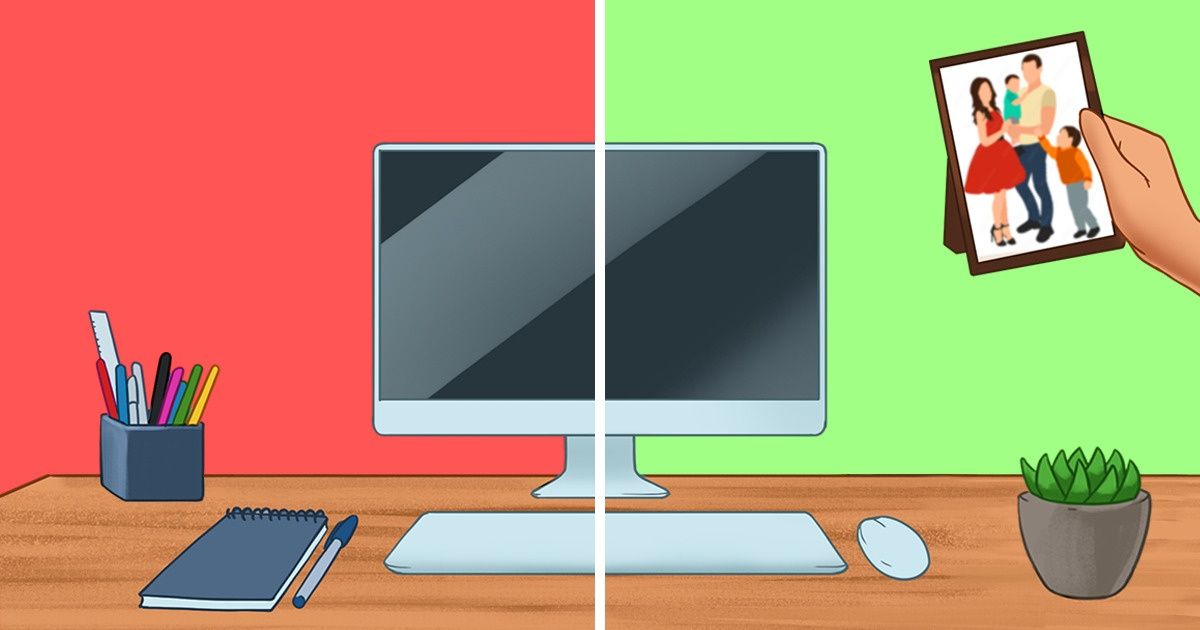
It’s estimated that people spend 90,000 hours at work over their lifetime. Because of that, it’s best to keep your workspace surroundings clean and organized to help you work efficiently and be even more productive during your day.
5-Minute Crafts gathered 5 tips that you can easily follow to improve your workflow.
1. Get some plants.
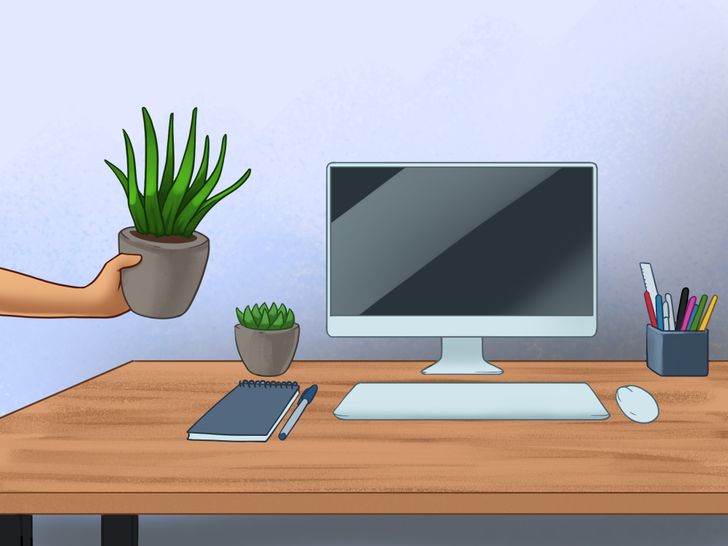
According to research done by the University of Exeter, it was found that simply adding plants to a plain office environment increased productivity by 15%. Researchers came to the conclusion that offices with plants were found to house more productive workers.
Moreover, plants are a simple and effective way to decorate your desk. If you’re not particularly into plants, you can always go for low maintenance ones like succulents or aloe vera.
2. Personalize your desk.
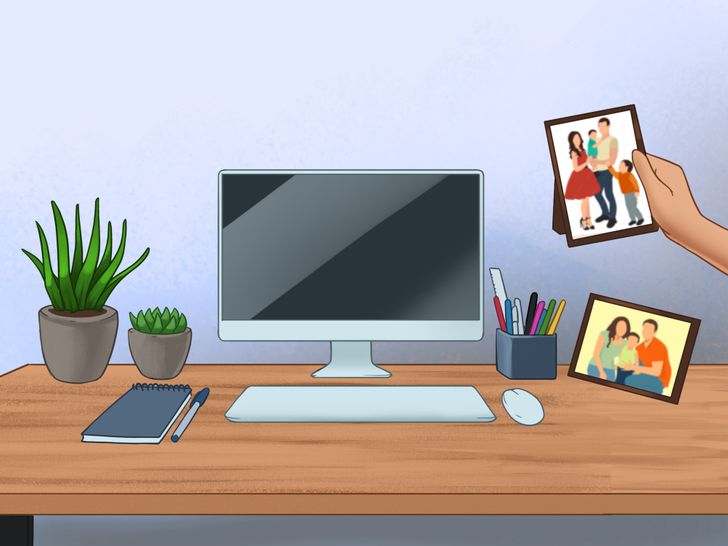
Research shows that personalizing the space around you, particularly in an open office setting, helps you better manage with distractions and stress, and develops a positive relationship between you and your job. Bringing personal belongings such as photos and children’s drawings to your desk can provide a sense of control and ownership and may actually stimulate you to work harder.
3. Adjust your monitor.
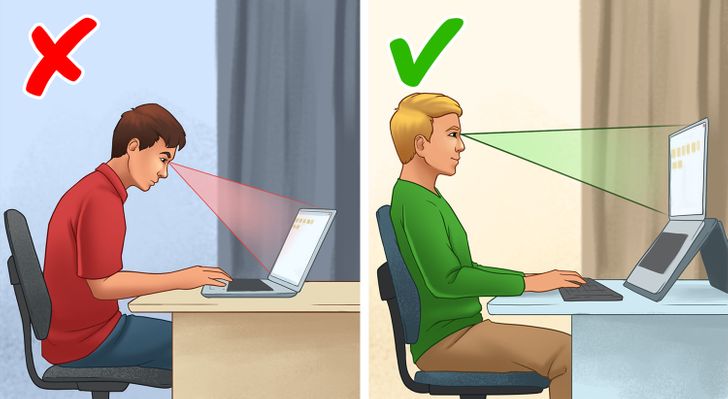
To avoid eye and neck strain, adjust your monitor to be at eye level. Adjusting the position of your screen is a simple and effective way to aid your vision and reduce eye strain. Aim to sit at least 20-30 inches away from your computer screen.
4. Check the temperature.
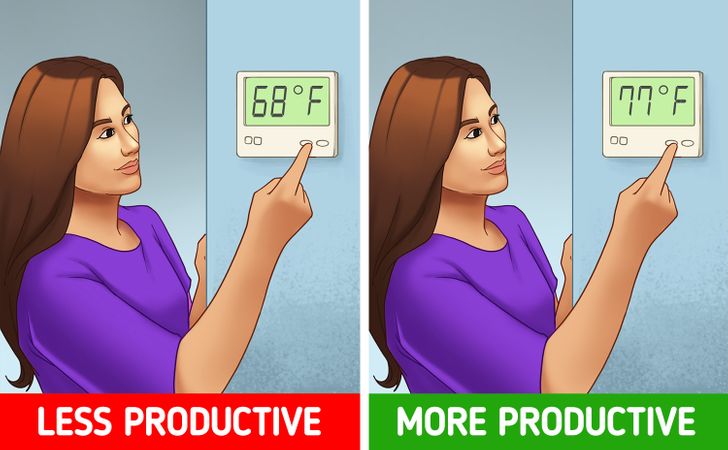
Temperature can also affect your productivity. Research conducted by Cornell University determined that workers are more productive when an office is kept at a warmer temperature.
During the experiment, at 77°F (25°C), workers were typing 100% of the time with a 10% error rate. But when the temperature dropped to 68°F (20°C), typing rates dropped and error rates jumped to 25%. So, keep an eye on the temperature of your environment.
5. Tweak the lighting.
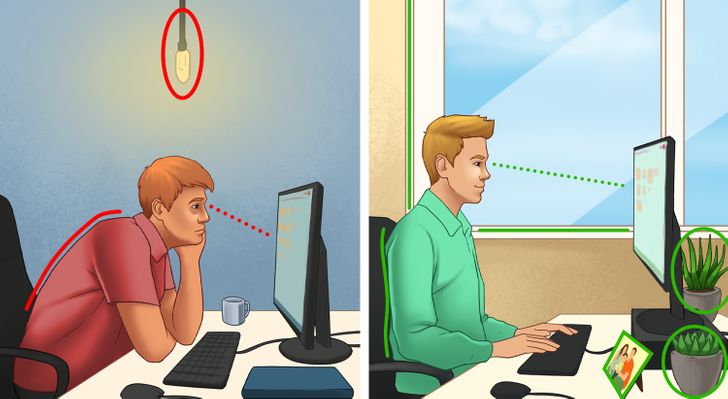
Get natural lighting, if possible. Researchers compared workers with more light exposure versus workers who had less light exposure during work hours in the office and found that those with more natural light had improved sleep duration, sleep quality, a better quality of life, and more physical activity.